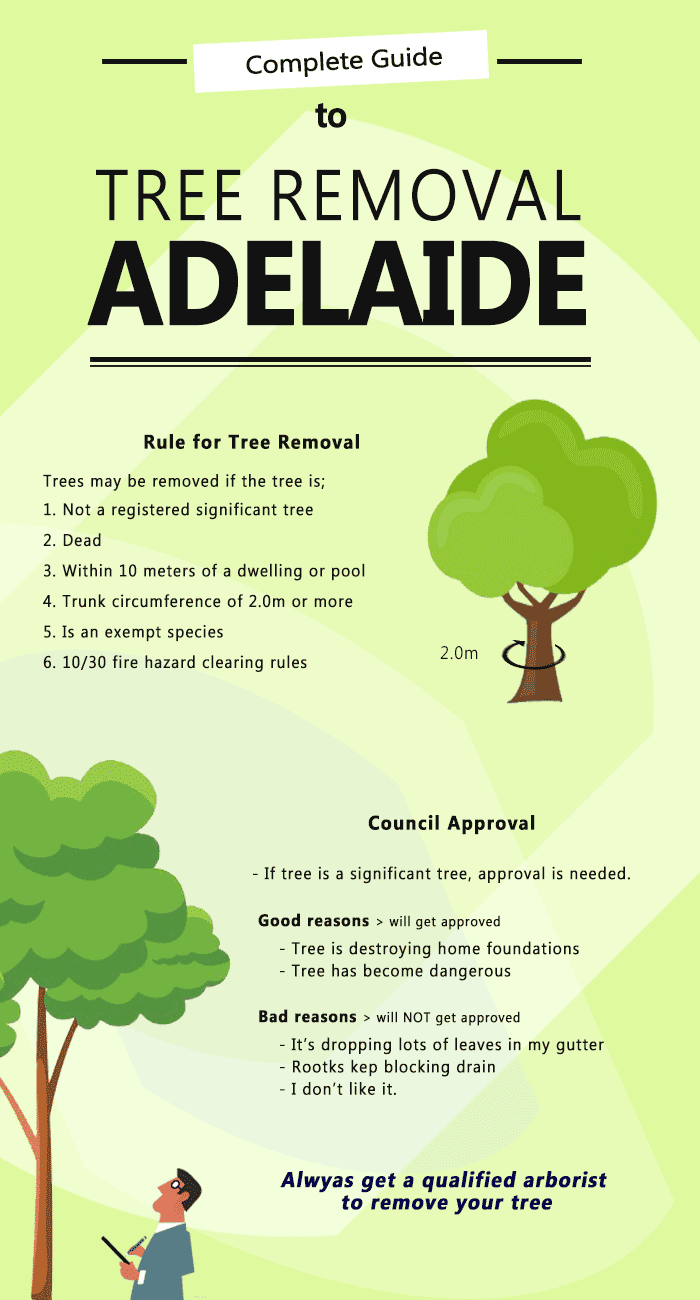Post-Tree Elimination Therapy: Efficient Approaches For Landscape Remediation
Post-Tree Elimination Therapy: Efficient Approaches For Landscape Remediation
Blog Article
Post Author-Hinrichsen Cochrane
After a tree's removal, your landscape may look quite different, and it's necessary to examine the results thoroughly. You'll wish to assess the dirt disturbance and examine bordering plants for any kind of indications of anxiety. Ignoring these aspects can cause bigger problems down the line. So, what should you do with those stumps and origins? And just how do you pick the most effective plants for your rejuvenated space? Let's discover these essential actions.
Evaluating the Consequences: Assessing Your Landscape
After a tree elimination, it's vital to examine your landscape to comprehend the effect it carries your backyard.
Beginning by taking a look at the area where the tree stood. Try to find signs of dirt disturbance, and check the bordering plants for any anxiety or damages.
You should likewise take note of how the removal has actually altered sunshine direct exposure and air movement in your garden. This shift can influence the growth of neighboring plants, so it's vital to assess their health.
Think about the visual facets too; the removal might produce an open space that you can redesign.
Ultimately, consider any kind of possible erosion issues that may occur from the tree's absence. Addressing these factors early will assist bring back balance to your landscape.
Handling Stumps and Roots: Alternatives for Removal
When you've evaluated the after-effects of the tree elimination, you'll likely require to deal with the stump and roots left.
You have a couple of alternatives for elimination. One efficient approach is stump grinding, where an expert uses an equipment to grind the stump down to underground level. This technique leaves very little interruption to your landscape.
If https://www.arkansasonline.com/news/2020/feb/15/timber-pre-emptive-tree-removal-best-so/ favor a do it yourself approach, you can use a mix of digging and chemical stump cleaners. Just keep in mind, this procedure can take time and initiative.
Additionally, think about leaving the stump as a natural feature, which can function as a special garden element or environment for wild animals.
Whatever you select, addressing the stump and origins is important for recovering your landscape.
Selecting the Right Plants for Your New Room
As you evaluate your newly removed area, picking the right plants can considerably boost your landscape's beauty and functionality.
Beginning by thinking about the sunlight and soil problems. For sunny locations, go with drought-resistant plants like lavender or succulents. In shaded places, brushes and hostas thrive well.
Think about the dimension and growth habits of your plants; mix perennials and annuals for seasonal variety. Don't forget to integrate native varieties; they call for much less upkeep and assistance neighborhood wildlife.
Team plants in odd numbers for an extra all-natural look and produce layers for aesthetic depth.
Lastly, ensure you have a mix of shades and appearances to keep your landscape vivid throughout the seasons.
Pleased growing!
Conclusion
Finally, restoring your landscape after tree elimination is a rewarding procedure. By examining the aftermath, resolving stumps and roots, and selecting the right plants, you'll develop a successful atmosphere. Do not forget to incorporate https://caidenezupj.blogoscience.com/41597446/tree-removal-safety-tips-what-you-need-to-know-before-you-beginning to protect your dirt. With a little initiative and care, you can change your room into a lively yard that boosts your residential or commercial property. Welcome the possibility to rejuvenate your landscape and enjoy the charm of nature right in your backyard!
